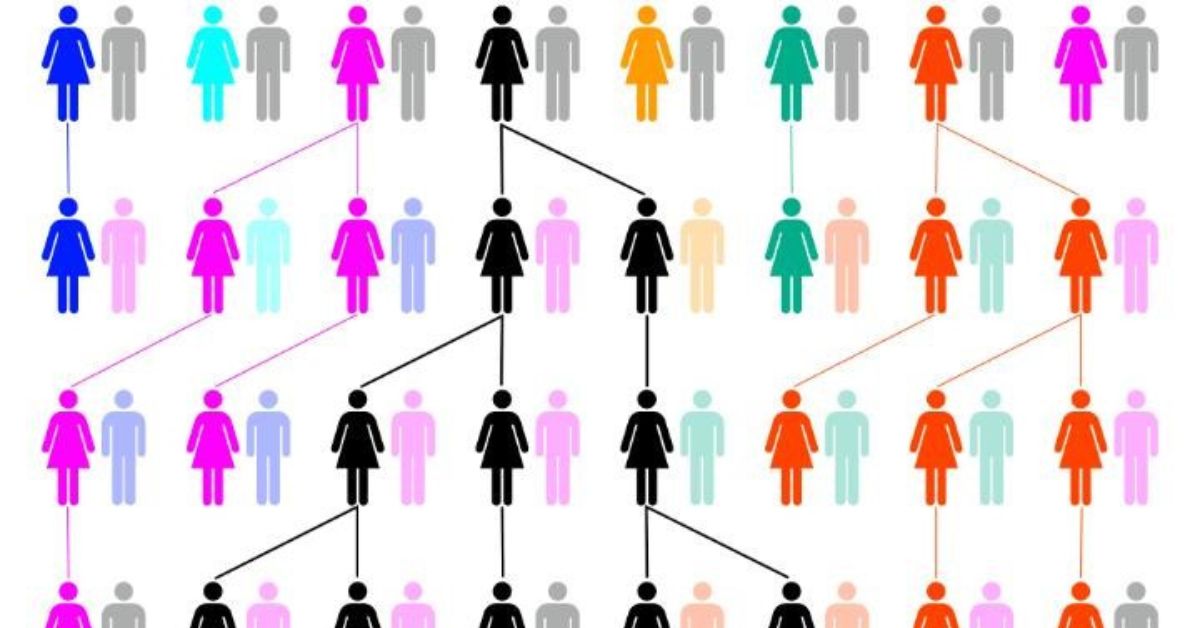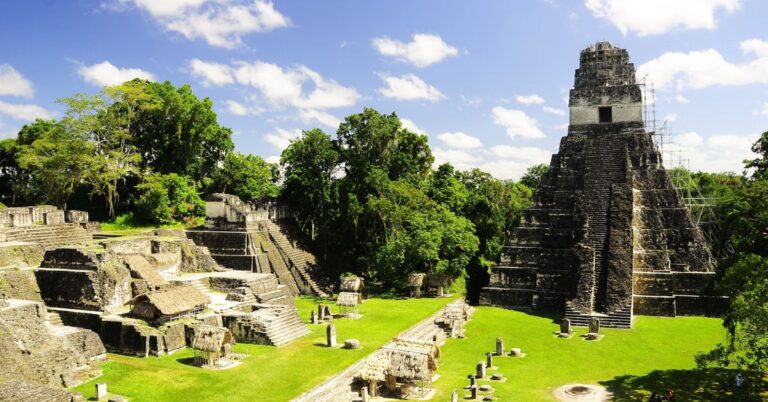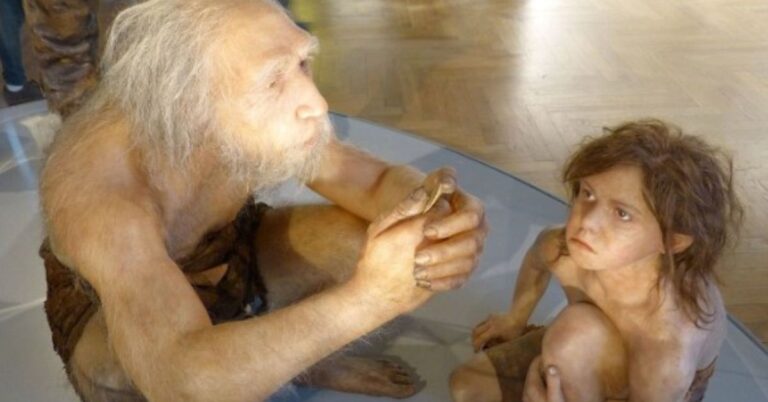The Common Ancestry of Every Person Alive

Several online and offline tools trace everyone’s ancestry, marking significant strides in genetics research. Thanks to collated data, we better understand extinct human groups like the Neanderthals. What if, despite our diversity and population of around 8 billion, we somehow had a common ancestor for every person?
Initial Obstacles
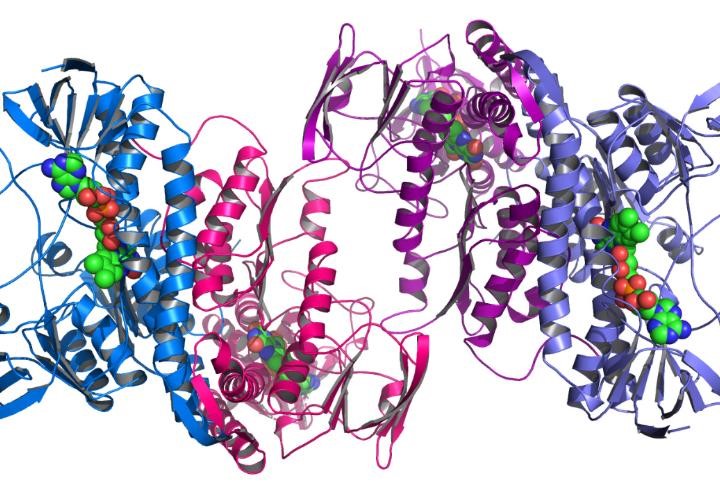
The most obvious hurdle to understanding everyone’s genealogy would be gathering the repository of genomic data to represent everyone. Then, there was also the second challenge of developing an algorithm that would be smart and capable enough to handle the amount of data in question.
Help From Oxford
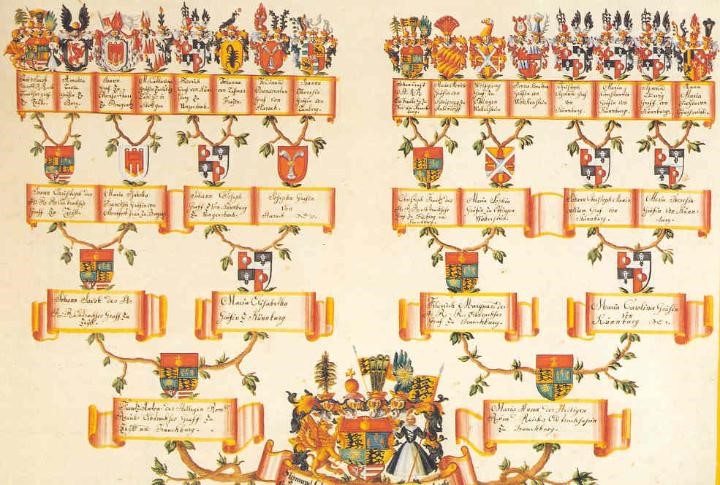
The University of Oxford’s Big Data Institute used its endowment well with a groundbreaking method to collate data from multiple genomic repositories and build a comprehensive family tree. Although the initial data contained 3,609 individual genome sequences from 215 populations, the institute plans to update the data set.
The Big Picture
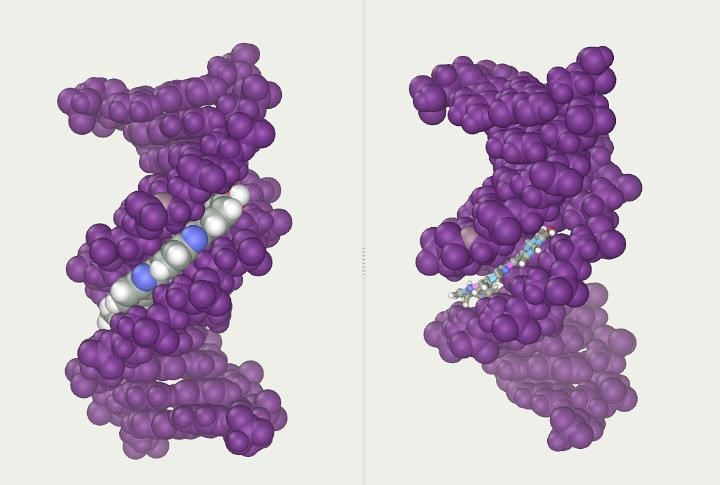
To understand the work done at the Oxford Institute, Dr. Anthony Wilder Wohns, who conducted the research during his Ph.D. tenure at the Institute and subsequently was a postgraduate researcher at MIT and Harvard, explained that they reconstructed the genomes of every ancestor to build an extensive network of relationships.
Zero Assumptions
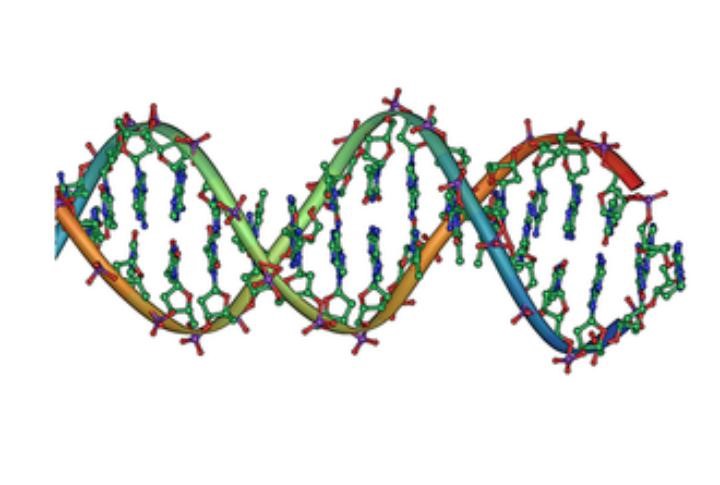
According to Dr. Wohns, one feature of their tree was that it allowed little to no room for assumptions, instead relying on genetic data from modern and ancient DNA samples. The tree contained almost 27 million ancestors at its inception, and the resulting network would be extremely detailed.
Your Beginning, Our Beginning
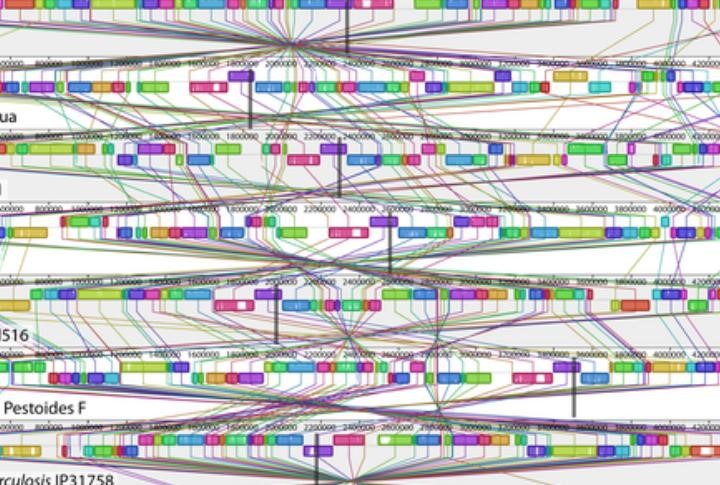
According to the team, the earliest common ancestor for their comprehensive database was from one country, Sudan. It contained 3,609 individual genome sequences from 215 countries to explain further how exhaustive this database is. Dr. Wohns also revealed that some of these ancestors lived as far back as a million years ago.
An Additional Benefit

This study focused solely on the human race. Still, one unexpected advantage of this tree from Oxford’s Big Data Institute is that it helps scientists understand other organisms. Medical genetics holds promise, too, from the research results as researchers better understand each genetic region and the diseases from our common ancestry.
